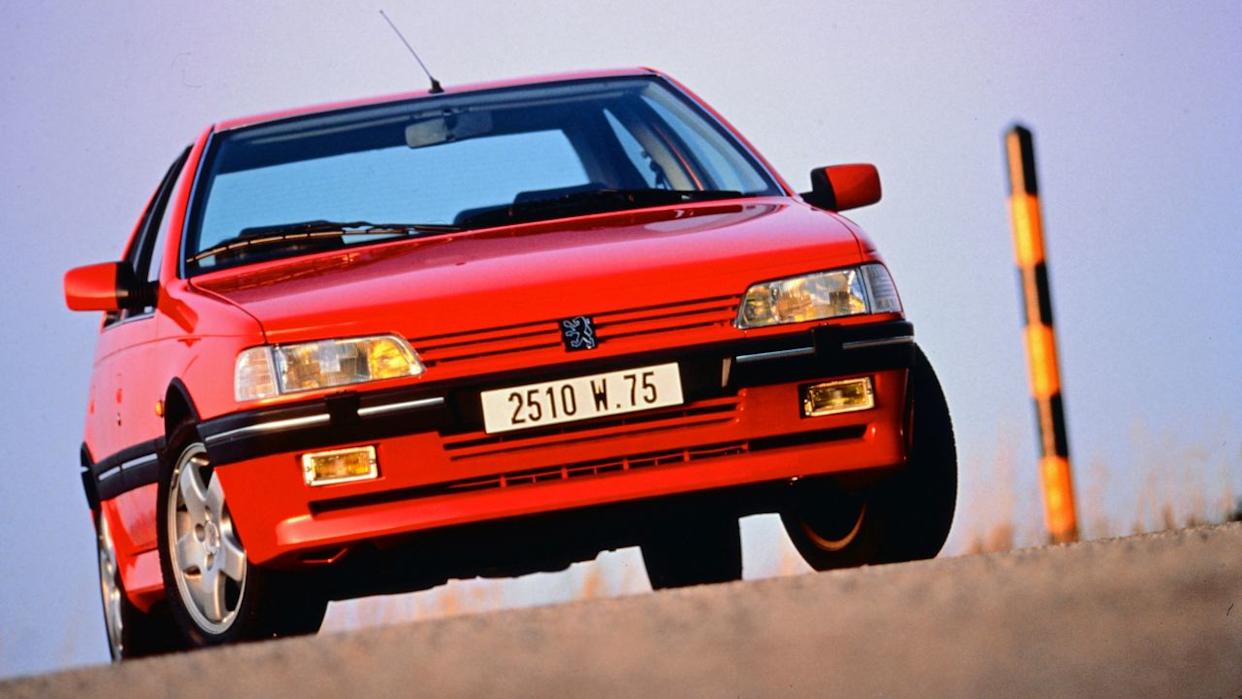
There are some cars, past and present, we all know. Miatas? We've all seen the winking videos. The Ferrari F40? We've all fantasized about having one in our garage. The Honda Civic? I'm about to drive one to work tomorrow.
What about the cars nobody talks about? The ones even the die-hards forget? The ones that make you squint and say, "Wait... what is that?" These are the forgotten heroes, the weird, wonderful, and criminally underappreciated machines that somehow slipped through the cracks of collective memory.
They're not the poster cars you had on your wall, though maybe they should've been. These are the sports cars we think are criminally overlooked, based purely on our own memories, biases, and probably too many Reddit rabbit holes.
Mazda MX-6 GT (1988–1992)
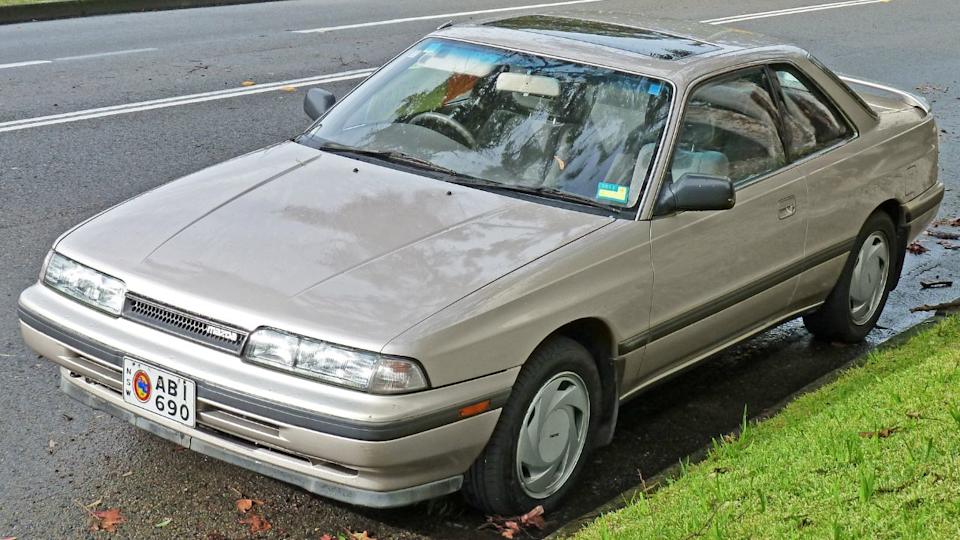
Before Mazda became synonymous with "Zoom-Zoom" slogans, they quietly delivered a gem: the MX-6 GT. This sleek, turbocharged coupe featured pop-up headlights (a true badge of honor for any '80s machine) and, in some markets, four-wheel steering, because why not complicate things for fun? Under the hood lurked the 2.2L turbocharged F2T engine, which pulled like a freight train once the turbo spooled up and sounded just angry enough to remind you it wasn't some mundane commuter sedan. The GT trim also sported an intercooler and tighter suspension tuning, transforming it into a genuine sleeper.
While its less stylish sibling with a shared platform, the Ford Probe, often hogged more media attention due to its domestic badge and shared platform, the MX-6 GT quietly carved out its niche among discerning enthusiasts who understood what a genuinely fun FWD platform felt like. It wasn't quite a track demon, though it did everything well and still looks sharp today, in that distinctively angular, late-80s way.
Saab Sonett III (1970–1974)

Yes, believe it or not, Saab — the Swedish company known for quirky sedans and turbocharging everything — actually made a sports car. Okay, the Sonett III wasn’t going to win any drag races, but it possessed an almost absurd amount of charm, so much so that you easily forgive the fact that it looked like a European dune buggy and was powered by a Ford V4 industrial engine. Its body was made of lightweight fiberglass, it was front-wheel drive, and its signature pop-up headlamps were operated not by finicky electric motors, but by a manual lever located between the seats. A what, now? You know what, don't question it. Utterly analog and wonderfully eccentric.
Its modest 65–70 horsepower output wasn’t going to scare even a Ford Pinto, but the car weighed less than 2,000 lbs and handled like a Swedish go-kart. The dashboard maintained that distinctive, aircraft-inspired vibe that Saab fans still pine for. It’s rare, undeniably weird, and completely lovable in its utter unorthodoxy. And try naming another 1970s sports car that offered both reasonable fuel economy and conversation-starting looks, often at the expense of its own forward visibility.
Pontiac Solstice Coupe (2009–2010)
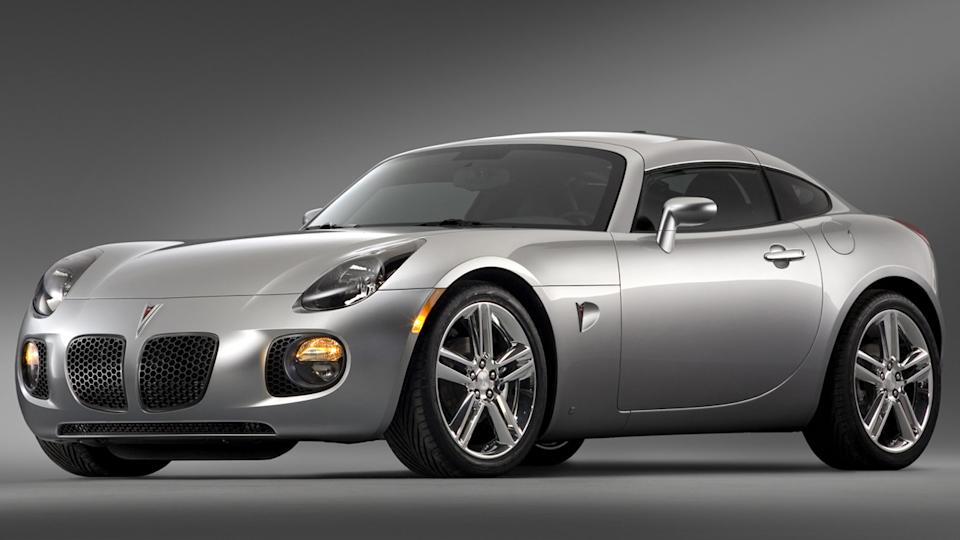
When you hear "Pontiac Solstice," you probably picture the soft-top roadster, but in 2009, just as GM was pulling the plug on the Pontiac brand, they quietly bestowed a parting gift that few appreciated at the time: the Solstice Coupe. With its sleek, removable targa roof, dramatic fastback styling, and a brutally limited production run (fewer than 1,300 were ever made), the coupe version transformed the rather vanilla roadster into something far more serious and visually striking.
Especially when equipped with the GXP trim's 2.0L turbocharged Ecotec engine, pushing out a respectable 260 hp and 260 lb-ft of torque through a crisp 5-speed manual, this wasn't just a pretty face. It was genuinely quick (0-60 in under 5.5 seconds), remarkably grippy thanks to its nearly 50/50 weight distribution, and gorgeously proportioned.
It arrived too late. Pontiac was already on the chopping block, and the coupe never received the marketing or showroom time it deserved. Enthusiasts who actually drove one were genuinely surprised by how tight the chassis felt and how refined it was for a car born from the humble Kappa platform.
Today, it's arguably one of the rarest and most overlooked modern GM sports cars; unlike the aforementioned Miata, you won't find five of these hiding in every neighborhood.
Mercury Capri XR2 (1991–1994)
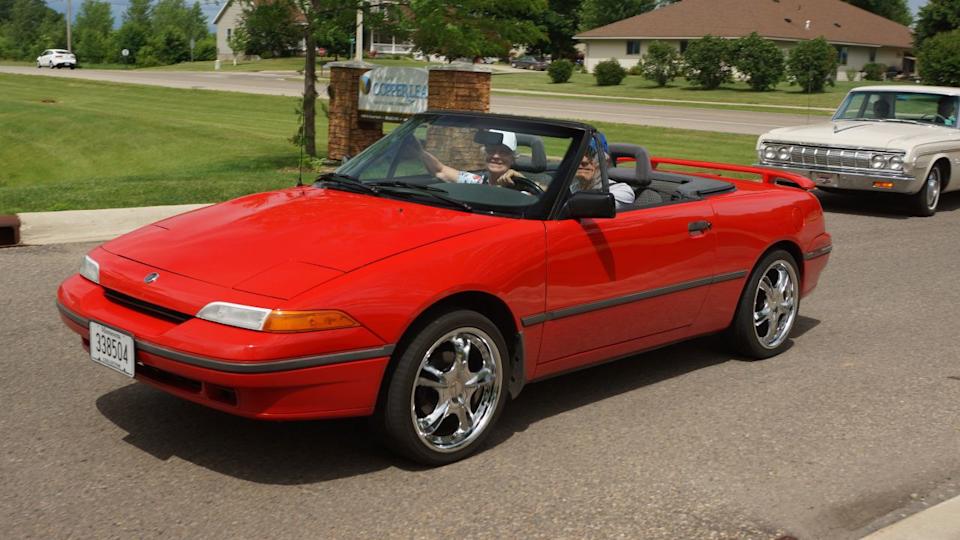
Poor Mercury. They tried so hard to stay relevant. The Capri XR2 was their attempt to offer a rival to the wildly successful Mazda Miata, though it was a rather convoluted global effort: built in Australia, styled in Japan, and sold in the U.S. under a brand your nephew probably doesn't even remember exists. It featured a turbocharged Mazda-sourced 1.6L engine (from the 323 GTX), an optional removable hardtop, and, controversially for sports car purists, front-wheel drive.
Don't let the FWD deter you; it was a genuine blast in the corners, quirky as heck, and exuded that charming early-90s energy, especially when optioned in bright teal or lipstick red. These things were basically ignored since day one, meaning you can often find them for surprisingly little money today. Good luck finding parts, though; you'll likely have better luck finding a Blockbuster location than a clean rear quarter panel. Finally, Miata gets a win.RetryClaude can make mistakes. Please double-check responses.
Nissan NX2000 (1991–1993)
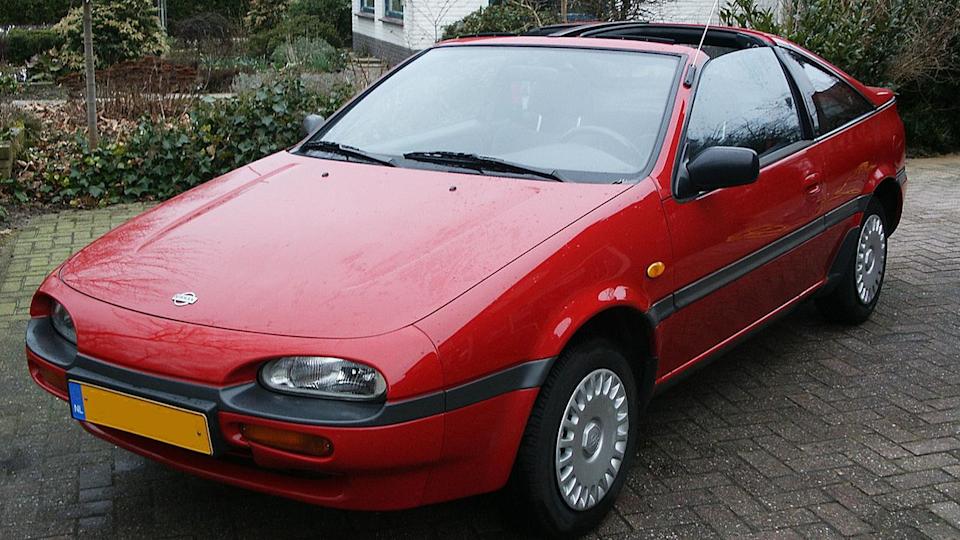
A Nissan Sentra with a spoiler and weird styling? Not quite. The Nissan NX2000 took the underlying brilliance of the legendary Sentra SE-R and crammed it into a lightweight, aerodynamic wedge of funky ‘90s hatchback-meets-coupe. Its secret sauce was the incredibly rev-happy, bulletproof 140-hp SR20DE engine and a factory limited-slip differential, turning what looked like a roller skate with an identity crisis into a genuine backroad brawler.
Standard T-tops added to its cool factor, the handling was scalpel-sharp, and it weighed barely over a ton. It certainly wasn't conventionally beautiful, but it was mechanically brilliant and a pure joy to drive. In an era dominated by heavier, less nimble Mustangs and Camaros, this little Japanese buzzsaw gave drivers an affordable ticket to grins per mile, proving that sometimes, less weight and more engine mojo trump brute force. Still weird lookin', though.
Porsche 924S (1987–1988)
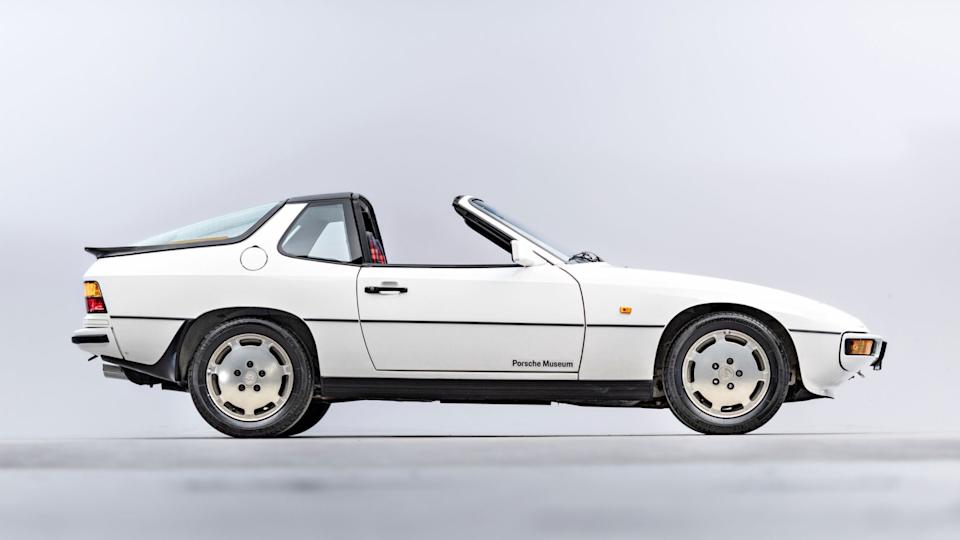
The Porsche 924 has long suffered from being the butt of enthusiast jokes — front-engined, water-cooled, and powered by a VW/Audi-sourced engine? Blasphemy, right? But the truth is far more interesting than the punchlines. By the time the 924S arrived, Porsche had quietly reworked the formula into something genuinely worthy of the crest on the hood.
Sold only in 1987 and 1988, the 924S borrowed the same 2.5-liter inline-four from the 944, giving it a hearty 150–160 horsepower and the refinement the earlier models lacked. Thanks to its transaxle layout, it also boasted near-perfect 50/50 weight distribution and a low center of gravity — traits that made it beautifully balanced in the corners.
No, it wasn’t as brash or tail-happy as a 911. But it delivered real Porsche handling and character in a lightweight, approachable package. It’s still one of the most affordable ways to join your local Porsche club.
And about that photo? You caught us, it’s not a standard 924S. It’s the rare Targa-top prototype, a slick concept that sadly never reached production. But we couldn’t resist including it. Just look at that roofline. Imagine what could’ve been.
Alfa Romeo GTV6 (1981–1986)
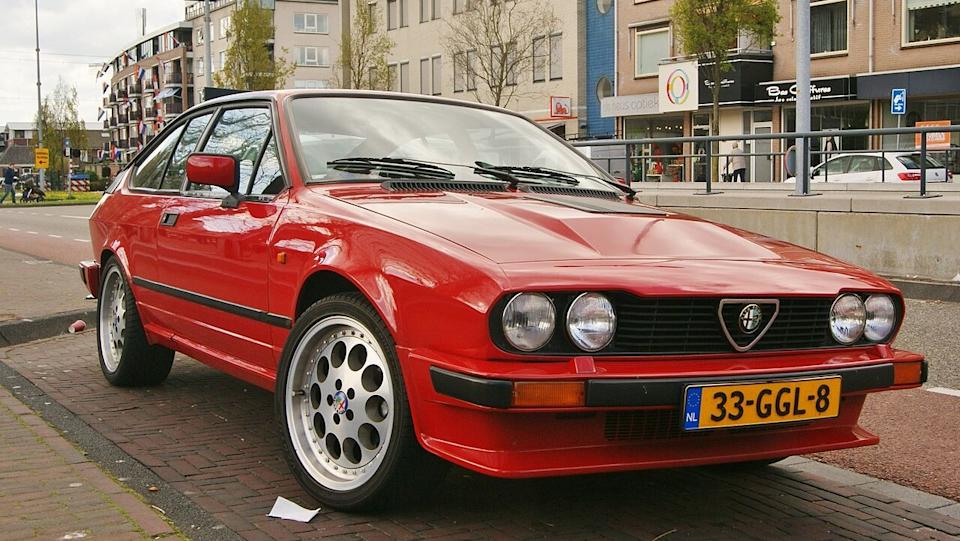
Ah, Alfa Romeo. Nothing runs quite like an Italian V6... for about 45 minutes — just long enough to break your heart and your wallet. When it does run, the Alfa Romeo GTV6 rewards its devoted owners with a soundtrack that could make an opera singer weep with envy. Its glorious 2.5L Busso V6 made about 160 hp, which felt like 300 thanks to the raspy, intoxicating exhaust note and that characteristic transaxle whine.
Handling was sublime, with near-perfect weight balance (49/51 front/rear) achieved through its unique de Dion tube rear suspension and rear-mounted five-speed transaxle. The design? Angular, quintessential 1980s Italian chic, a true masterpiece by Giorgetto Giugiaro. Despite racing Audi Quattros in Octopussy, this car still flies remarkably under the radar for most collectors, sort of like the spy who loved this thing. It's a delightful headache worth enduring, like a beautiful, frustrating relationship you can't quite let go of.
Chevrolet Beretta GTZ (1990–1993)
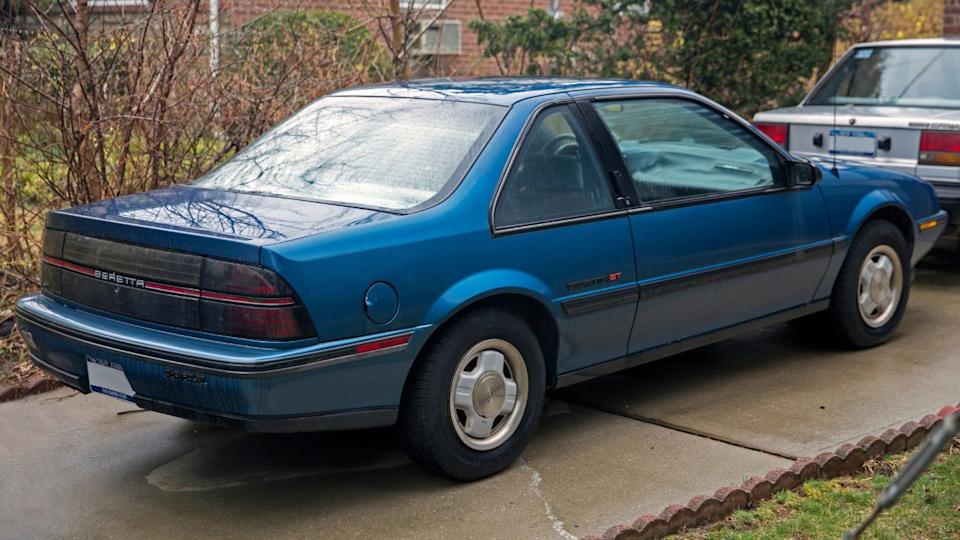
Laugh if you must, but GM had a fleeting moment of genuine brilliance with the Chevrolet Beretta GTZ. Beneath its body cladding and slightly awkward proportions was a surprisingly capable performance coupe built for the everyday driver. It packed a 180-hp Quad 4 engine, a high-strung, twin-cam, 16-valve marvel for its time mated with a crisp Getrag 5-speed manual. The result? A humble front-wheel-drive car with muscle-car attitude.
No, it wasn’t refined. And it certainly wasn’t beautiful. But it was loud, quick (0–60 in the low 7s), and far more composed on a track than its family-sedan roots would lead you to expect, especially with the available Z51 suspension package.
They weren’t collector darlings then, and they’re still easy to overlook now. Which is exactly why spotting a clean GTZ today feels like digging up a forgotten mixtape from 1992 and realizing it still absolutely slaps.
Lotus Excel (1982–1992)
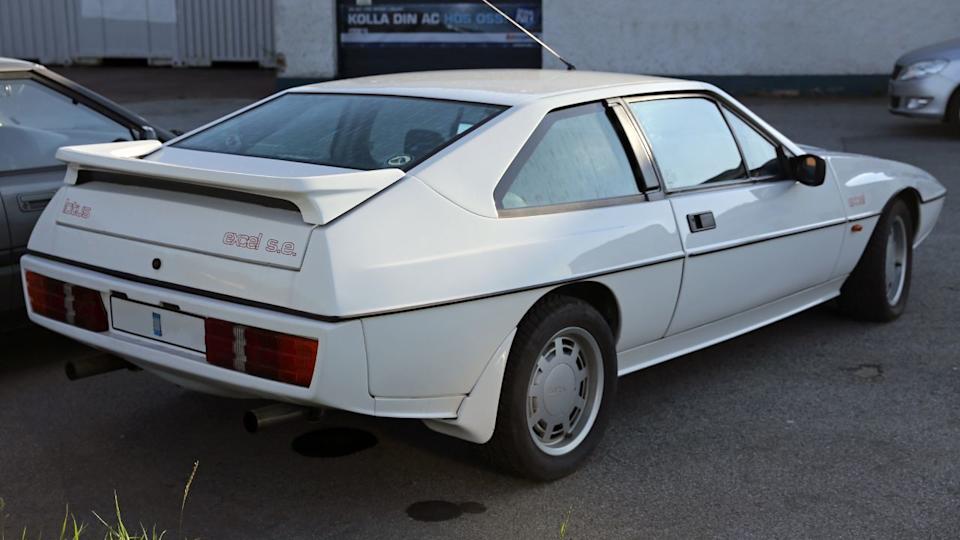
Okay, full disclosure: two of us on the Guessing Headlights team own Lotus cars — and neither of us knew what this was a few minutes ago. But before the minimalist, track-focused Elise redefined the brand, Lotus produced the Excel, a front-engined, rear-wheel-drive 2+2 coupe based on the earlier Eclat. It looked every bit the '80s wedge and, by most accounts, drove like a precision scalpel. Powered by Lotus’s own 2.2L twin-cam engine, it made around 160 horsepower and, crucially for a Lotus, weighed under 2,600 pounds.
The Excel is rare, gloriously weird, and undeniably British in all the best and worst ways. Build quality? Questionable at best (it’s a Lotus, after all). Handling? Reputedly brilliant — carrying on the brand’s mission of adding lightness and delivering pure road feel. Parts availability? Let’s just say you’ll be spending some time on obscure forums.
Still, for those who appreciate analog joy in an increasingly digital world, the Excel offers what many modern cars can’t: raw, unfiltered personality. If you want something that dances through corners instead of bulldozing them, the Excel is still considered a masterclass in finesse.
Subaru SVX (1992–1997)

You probably remember the windows, that bizarre, double-pane "aircraft-style" design that looked like a concept car's fever dream. The Subaru SVX was far more than a styling stunt. With its potent 3.3L flat-six engine and standard all-wheel drive (AWD), it marked Subaru's first real attempt to break into the luxury grand touring segment.
Penned by the legendary Giorgetto Giugiaro, the SVX had futuristic flair and a surprisingly composed ride. The 230-hp engine was smooth, torquey, and made highway cruising effortless. It was saddled with a mandatory 4-speed automatic transmission — a weak link that frequently struggled with the flat-six's output and suffered from premature failures.
Despite that flaw, the SVX remains one of the most intriguing "what-ifs" in Subaru's history. It came from a brand known more for rally grit and utilitarian ruggedness than sleek highway cruisers, yet it nearly pulled it off.
It's weird. It's wonderful. It's getting harder to find one that hasn't been beaten down by time. In hindsight, the SVX feels like a bold, flawed experiment — a moonshot toward premium territory that Subaru never fully followed through on. Which, honestly, feels very Subaru.
Bonus: Alfa Romeo Spider (Series 2 "Coda Tronca" / Kamm Tail, 1970-1982)
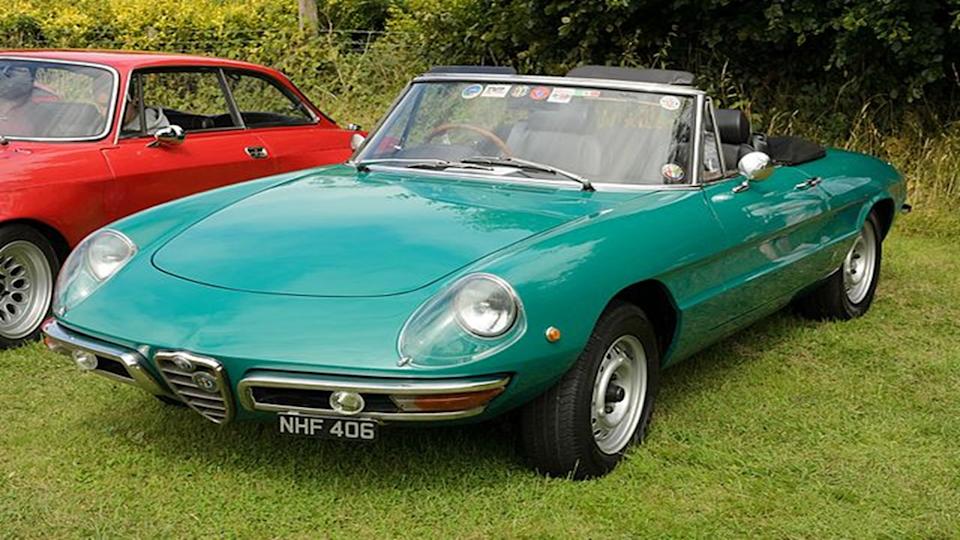
Everyone fawns over the Alfa Romeo “Duetto” (Series 1) Spider — the graceful boat-tail immortalized in The Graduate. And for good reason: it’s gorgeous. But while those early models soar into “unobtanium” territory, their successors — the Series 2, known as the “Coda Tronca” or “Kamm tail” — are often unfairly dismissed as the ugly ducklings of the family. This is exactly where savvy car people see opportunity.
While some purists turn up their noses, the Coda Tronca arguably offers a more usable classic experience. It kept Alfa’s legendary twin-cam inline-four (typically 1.3L to 2.0L, with later U.S. models making around 110–130 hp), paired with a gloriously precise five-speed manual and road manners that make many modern cars feel sedated. That rev-happy engine delivers a raspy, operatic wail that raises the hairs on your arms as you row through the gears.
Sure, they rust like forgotten garden tools, and the electrics have “personality.” Unlike the delicate Series 1, you can actually find a solid, drivable Series 2 for reasonable money. This is a genuine Italian roadster you can afford to own, drive hard, and wrench on without feeling like you're restoring a museum piece
Why the Quirky Underdogs Matter
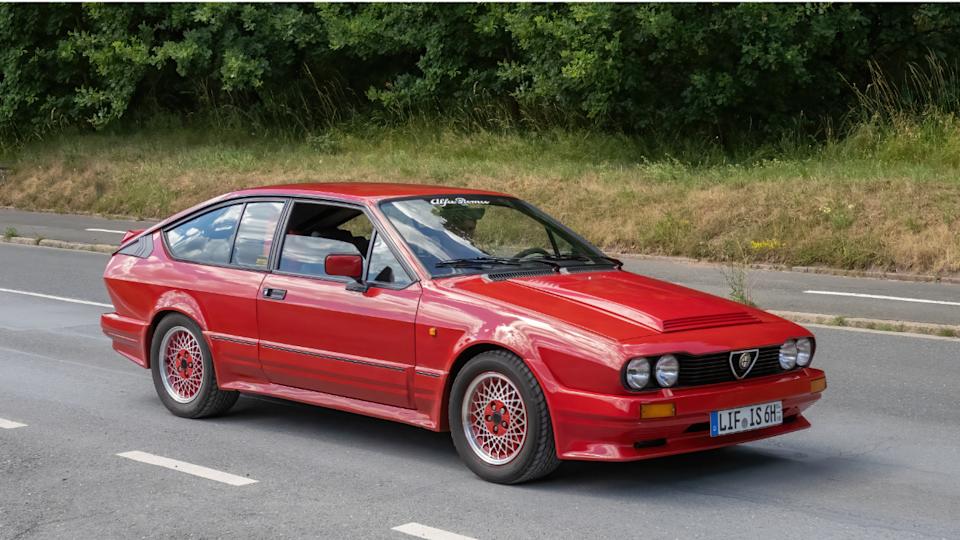
Forget the usual suspects dominating auction headlines and Instagram feeds. These are the cars that get waves at stoplights, spark conversations at gas pumps, and draw curious crowds at local shows. They make people squint, smile, and say, “I haven’t seen one of those in years.”
The best car isn’t always the one with the fastest 0–60 or the highest price tag. It’s the one that still makes you turn around and look after you’ve parked it. It’s the one you found before everyone else did.
Like our content? Follow us for more. Check out these must-read articles:


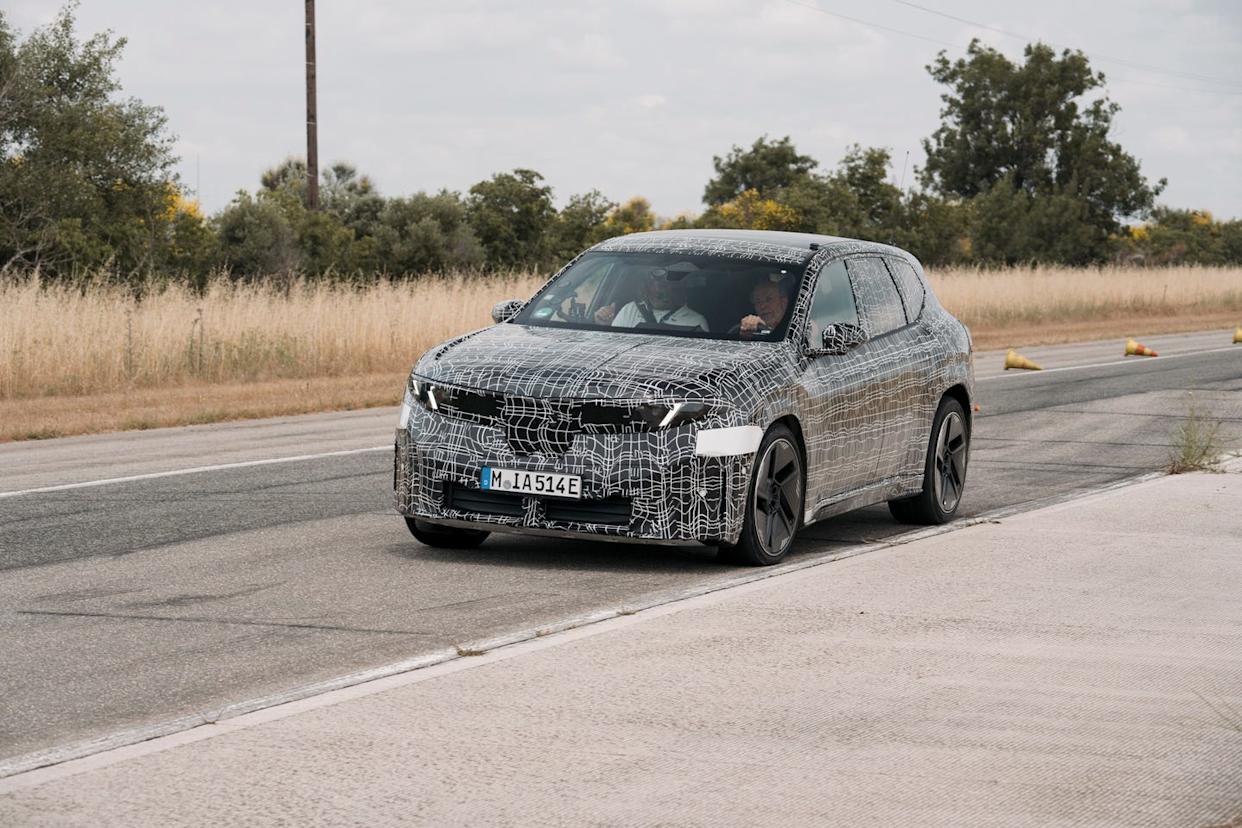


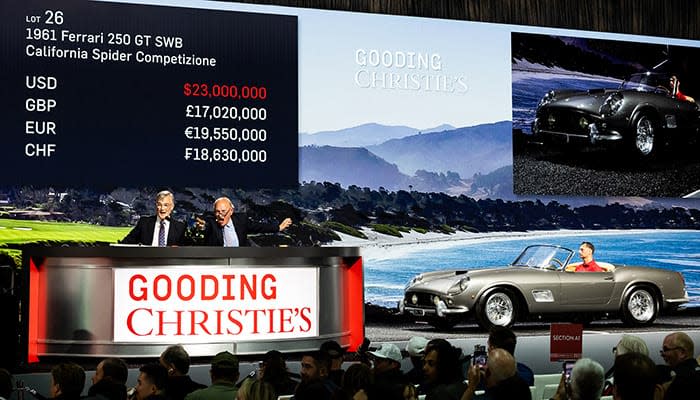
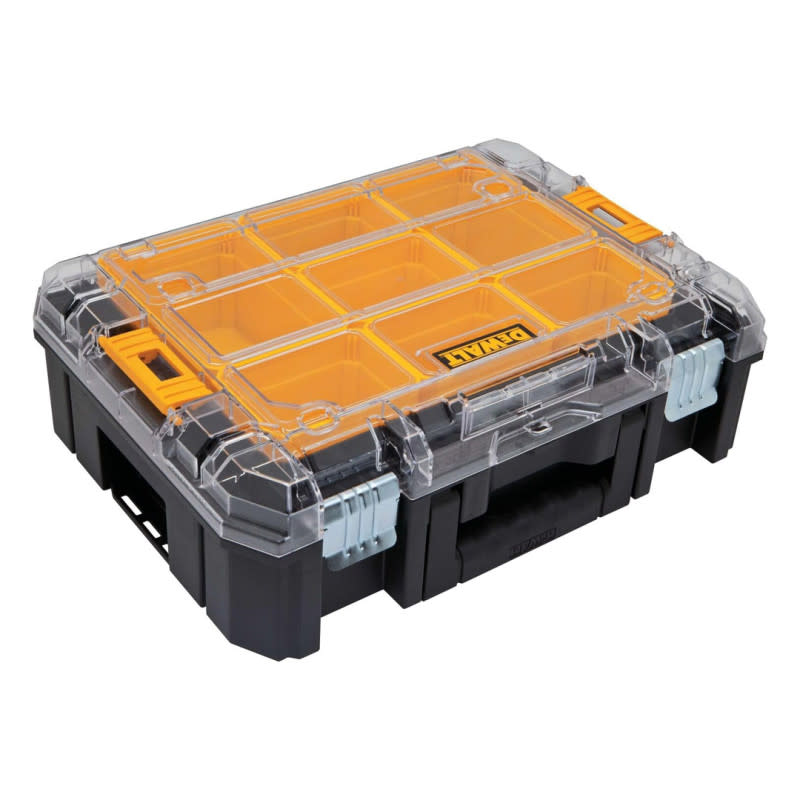
Comments